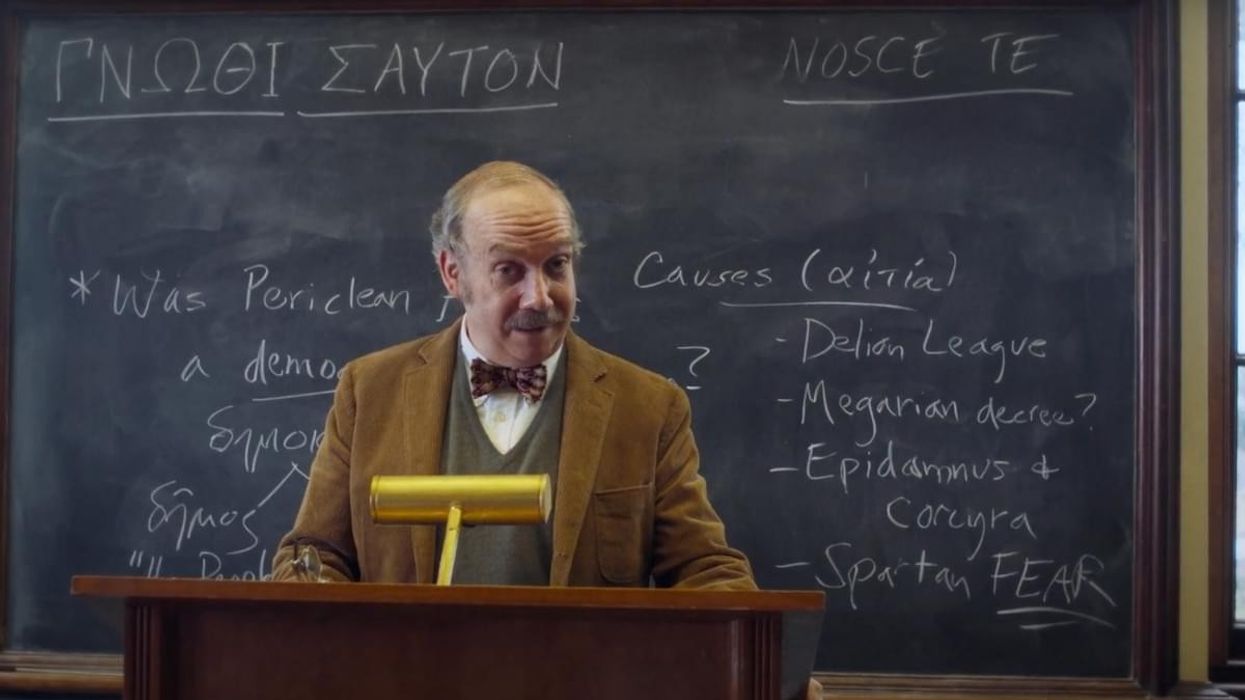Try This Helpful Scene Checklist for Your Screenplays
Does your work in progress tick all the boxes?

The Holdovers
Recently, my approach to screenwriting has become much more granular. I like to look at the reasoning behind each idea and its execution.
And most of that work starts with just writing scenes.
My typical process resembles most writers; I tend to write long and then refine in the dit. But I've been working harder to edit as I go. and that means being brutal with the scenes I'm producing.
In order to maximize that effort, I developed a checklist I use as a litmus test to see if I'm getting the most out of the scenes in my screenplays.
Let's dive into it together.
Scene Checklist for Screenwriters
Creating a checklist for a scene in screenwriting involves considering various elements to ensure that the scene is effective and contributes to the overall narrative.
Basically, this checklist was made to push me into actually answering why scenes matter before I write them, and then when it comes to rewriting, forcing me to confront whether or not they belong moving forward.
Here's the schecklist for you to try as well:
- Purpose of the Scene:
- Does the scene advance the plot?
- Does it reveal something important about the characters?
- Does it set up future scenes?
- Setting:
- Is the location clearly defined?
- If we're outdoors, what's the weather?
- If we're indoors, what's in the room?
- Does the setting enhance the mood or theme of the scene?
- Characters Involved:
- Which characters are in the scene?
- Do their interactions align with their character development?
- Conflict and Tension:
- What is the conflict in the scene?
- Does the scene build tension or suspense?
- Dialogue:
- Does the dialogue sound natural and true to each character?
- Does it reveal character traits or plot points?
- Is there a balance between dialogue and action?
- Visuals:
- Are there specific visual elements that need to be highlighted?
- How do these visuals contribute to the tone or message?
- Pacing:
- Does the scene move at an appropriate pace?
- Is there a balance between fast-paced action and slower, more reflective moments?
- Transitions:
- How does the scene transition from the previous scene?
- How does it lead into the next scene?
- Can we do a match cut?
- Emotional Impact:
- What emotions does the scene evoke?
- How does it affect the audience's connection to the story or characters?
- Symbolism and Themes:
- Are there any symbolic elements or recurring themes?
- How do they contribute to the overall narrative?
Remember, every scene should serve a purpose in your screenplay, whether it's driving the plot forward, deepening character development, or enhancing the thematic resonance of your story.
Make sure what you put on the page matters.
Let me know what you think in the comments.











